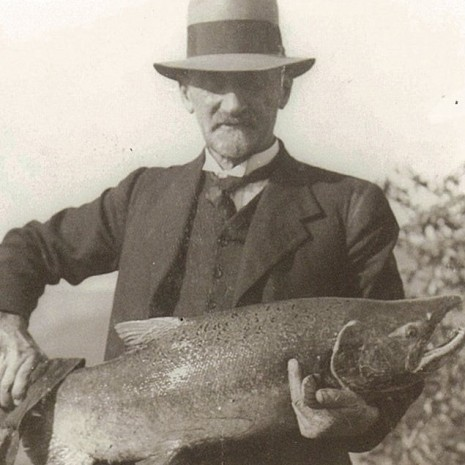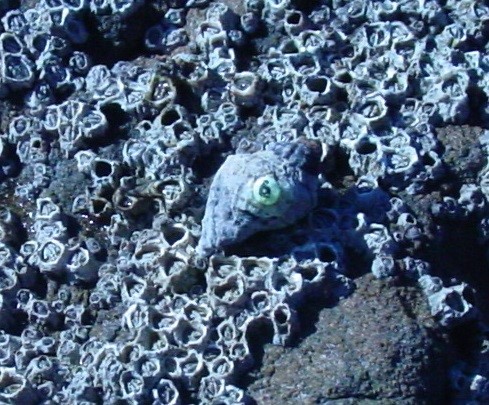Research projects available
MSc Projects 2018-2019
Population Genetics of NZ Salmon

The overall goal of this project is to determine the levels of population genetic structure of New Zealand Chinook salmon (Oncorhynchus tshawytscha). Chinook salmon is native to the northwest coast of North America and was introduced to New Zealand over a hundred years ago. The species quickly established wild sea-run populations in South Island rivers, and there are also several self-sustaining land-locked populations in lakes. Little is known about the population genomics of the wild populations, but research in the 1990s indicated that as Pacific salmon populations can develop rapidly after colonizing some genetic changes may have taken place since the introductions. However these studies relied on less informative DNA markers such as microsatellites to examine population structure. Recent advances in population genomics now make it possible to detect previously unidentified population structure, and explore adaptive divergence, potentially revolutionizing the way genetic data are used to manage wild populations. This project would therefore involve helping to obtain samples from a range of locations, facilitating the collection of genome-wide sequence information (genotyping-by-sequencing), and conducting a comprehensive population genomic analyses. The findings would provide valuable information about how an introduced species establishes and forms locally adapted populations, and the genetic stock structure of New Zealand’s Chinook salmon.
Supervision team: Peter Ritchie, Jane Symonds (Cawthron Institute), Shannon Clarke (AgResearch), and Rasmus Gabrielsson (Cawthron Institute)
Improving the NZ Snapper Genetic Linkage Map
Snapper (Chrysophrys auratus) is one of New Zealand’s most important fisheries and it is a species that is being prepared for aquaculture. To support snapper selective breeding a whole-genome sequence has been assembled at 160-fold coverage and matched to a transcriptome and linkage map. Genotyping-by-sequencing has been used to collect single-nucleotide polymorphism (SNP) data from over 750 individuals raised in captivity over two generations. A linkage map has been built using approximately 11,000 loci and parent-offspring samples. The aim of this project is to improve the linkage map by integrating it with the genome assembly. This will involve utilising a new set of markers and removing loci that mapped more than once against the genome. The position of unassigned scaffolds will be explored using the reference genome and by comparison to synteny blocks in the Asian and European Seabass genomes. Lastly, QTLs from other species will be mapped onto the snapper genome. The findings from this study will provide support for a key tool to assist a new snapper selective breeding programme.
Supervisors: Peter Ritchie and Maren Wellenreuther (Plant and Food Research, Nelson)
Are there phylogeographic discontinuities without geographic barriers? Testing for break zones on the New Zealand coast using low dispersal intertidal species.

Dispersal ability is a key factor that mediates the level of population connectivity. Direct-developer marine species lack planktonic larvae and hatch from brooded or benthic eggs and therefore are more likely to form genetically differentiated populations. Observations of gene flow or genetic disjunctions, particularly in the absence of obvious geographic barriers, make it difficult to establish mechanisms that might promote dispersal in a direct-developer or discrete breaks at locations along a linear coastline. The aim of this project is to investigate the phylogeographic structure of a direct-developer intertidal species. This project could either build on a previous study of Haustrum scobina, or develop a data set on a new species. The methodology for this project would involve collecting samples from areas of the NZ rocky shore, extracting DNA and sequencing mitochondrial DNA genes. Phylogeographic and gene flow analyses would be conducted. The findings of this study would be used to understand the evolutionary and ecological processed that influence migration in the coastal environment, and the common population genetic patterns of intertidal marine species.
Supervisors: Peter Ritchie and Nicole Phillips
